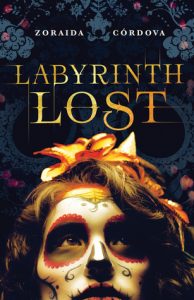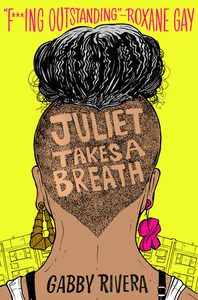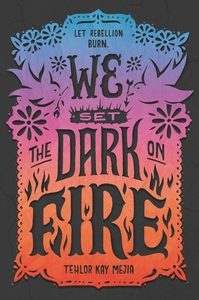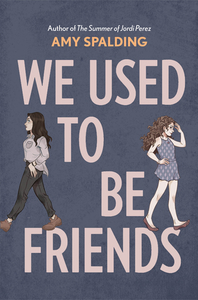
The sapphic spectrum runs far and wide, which is why it’s important to remember to add a little diversity to your reading list. You may have missed some of these spectacular reads as your never-ending TBR pile grows.
 Diamond City and Shadow City by Francesca Flores
Diamond City and Shadow City by Francesca Flores
Two for one! The first book in the Diamond and Steel duology, Diamond City, follows Aina Solís as she becomes an assassin to survive after her parents’ murder. Diamond City is a place filled with darkness, tyranny and magic, and Aina must find a way to live in a world that wants her dead.
The sequel, Shadow City, was just released today (January 26, 2021). It continues Aina’s story as she struggles to gain control of an assassin empire after fighting her way to the top of the criminal ranks.
 Labyrinth Lost by Zoraida Córdova
Labyrinth Lost by Zoraida Córdova
The first in the Brooklyn Brujas trilogy follows middle sister Alex Mortiz as she quickly approaches her Death Day, a bruja’s right of passage in this magical world. Terrified of her powers and wanting to be rid of them, Alex casts a Canto with devastating consequences. She must fight her way through the magical realm of Los Lagos to rescue her family before it’s too late to save them.
 The Summer of Jordi Pérez by Amy Spalding
The Summer of Jordi Pérez by Amy Spalding
Abby Ives has always been satisfied with playing sidekick to others’ stories. She’s content to run her plus-size style blog as she dreams of shaking up the fashion world. But one summer, everything changes. She lands a dream internship at a local boutique and falls for fellow intern Jordi Pérez. Things can’t be so simple of course, as they develop feelings for each other as they both compete for a coveted job at the shop after the internship ends.
 Juliet Takes a Breath by Gabby Rivera
Juliet Takes a Breath by Gabby Rivera
Juliet Milagros Palante comes out to her mom and isn’t sure she’ll ever speak to her again. But that doesn’t stop her from leaving the Bronx to go to Portland, Oregon for an internship with her favorite author, Harlowe Brisbane.
It’s a life-changing summer for Juliet as she navigates the whole “Puerto Rican lesbian” thing and finds herself. A classic coming of age tale.
 We Set the Dark on Fire and We Unleash the Merciless Storm by Tehlor Kay Mejia
We Set the Dark on Fire and We Unleash the Merciless Storm by Tehlor Kay Mejia
Another double set! In We Set the Dark on Fire, Daniela Vargas, a student at Medio School for Girls, lives in a society that defines her place as a woman in two ways only: running a husband’s household or raising his children. But she’s living a lie, as her parents forged papers to get her into this school, and she must keep the secret as her upcoming nuptials to a politico’s son quickly approach. She has to decide if she upholds everything her parents fought for or if she will choose another path for herself.
The follow-up book, We Unleash the Merciless Storm, is Carmen Santos’ story. On the other side of Medio, the oppressed fight for their freedom. Carmen is committed to the resistance group, La Voz. So much so she’s spent years undercover, but now that her cover is blown, she must return her home to an island on the brink of civil war. Carmen must choose between breaking away from her community to save the girl she loves or embracing her full, rebel identity.
What are your favorite bi or lesbian Latina YA books? Let us know what we missed in the comments!


